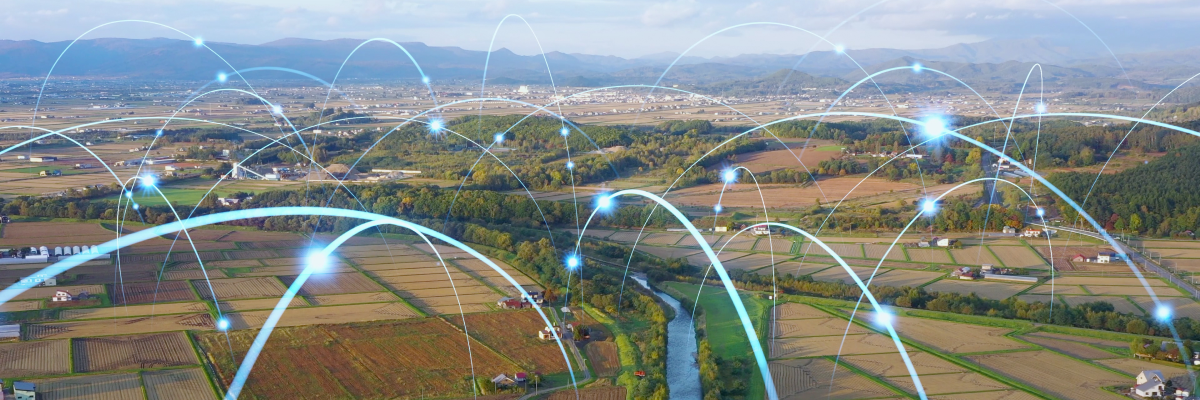Bridging the Digital Divide with Subscriber Edge

This is Part I of a three-blog series on solutions to overcome challenges associated with bridging the digital divide.
Bridging the digital divide has been a longstanding top priority for countries globally. According to Broadband Research, in 2023 approximately five billion people (64% of the world’s population) were connected to the internet. That means roughly three billion people do not have the basic digital necessities such as access to data, sharing information, or communicating. In addition, they do not have the same access to educational, employment, and economic opportunities that could improve the quality of their lives through digital connections.
The World Bank has estimated that increasing the percentage of people with internet access to 75% would “boost the developing world’s collective GDP by $2 trillion and create 140 million new jobs.”
The good news is that the public and private sectors have been partnering to help close the digital divide, but as Broadband Research states: “Factors like increased affordability of devices, improved infrastructure and innovative services drive this growth.”
Role of subscriber edge
Accessing the internet requires a subscription to a broadband service from communications service providers (CSPs), using either cable, fiber, DSL, fixed wireless access (FWA), satellite or 4G/5G infrastructure and devices. Subscriber edge is the access point function for subscribers in a service provider network through which they connect to the broadband network for high-speed connectivity, such as accessing the internet.
Subscriber edge can be deployed with other services on the same platform by converging residential and enterprise services using multiservice nodes. Subscriber edge solutions involve managing subscriber sessions, and include functions like IP address management, policy and quality of service (QoS) enforcement, and secure access to the network through authentication and billing.
Shifting application and traffic demands
Traditional approaches for offering broadband services can be revenue-impacting and could affect the quality of experience (QoE) for a broadband user (see Figure 1). For example, with the advancement of applications and evolving transport protocols—such as Quick UDP Internet Connections (QUIC) and Transmission Control Protocol/ Transport Layer Security (TCPLS)—traffic patterns within broadband networks are experiencing a shift away from traditional transport protocols. These new protocols offer greater control to end-user applications, which reduces the dependency on the underlying broadband network and requires relatively simpler QoS models.
This shift is a pivotal opportunity for CSPs to simplify and modernize their complex traditional broadband networks to address higher bandwidth demands, growing user base, increasing video traffic and rising costs. As a result, there is a need to relook at subscriber edge with the overall subscriber services network design, and address important areas such as:
- Subscriber anchor point in the network
- Selection of subscriber edge devices and architecture
- Improve end-user experience and offer new services
- Address rising network costs
Figure 1. Traditional broadband centralized architecture
In Part 2 of this blog series, we will discuss how a new architecture for broadband networks helps CSPs address these challenges.
Get started today reimagining your
Share:

